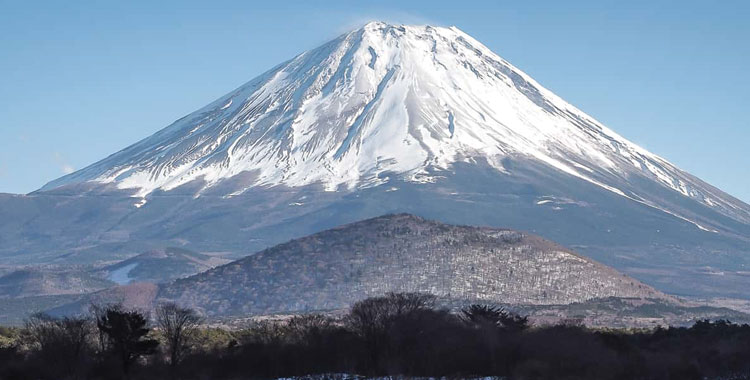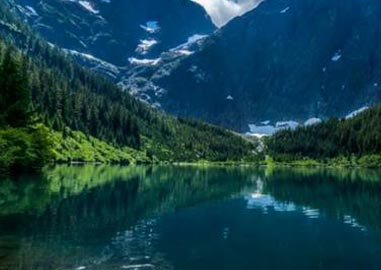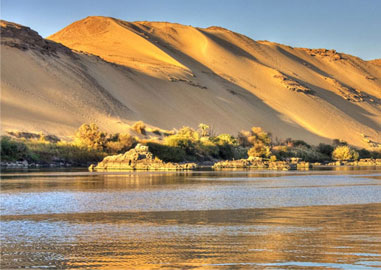
Interesting Facts about Mount Fuji For Kids
Posted By M. IsaacDid you know Japan is about 74% mountains? Pam Leasure (2012) in the book “Rachel’s Visit to Japan” counts the number of mountains to be over 1,200. Japan is also known as the land of the rising sun. She is an island nation, where about 6,800 islands make up the country.
Mount Fuji is one of the most beautiful and majestic mountains in the country. It is popular not only in Japan but also in the whole world for several reasons. Won’t you like to discover interesting facts about Mount Fuji?
Here is a brief list of interesting facts about Mount Fuji for kids:
List of interesting facts about Mount Fuji
Tallest Mountain in Japan:
Rising to about 12,388 feet, Mount Fuji earns the distinction of being the tallest among over 1,200 mountains in Japan. The base of this mountain extends across 19 miles (30 km).
Postcard-perfect Beauty:
“The Volcano Adventure Guide”, published in 2005, describes Mt. Fuji as the most scenic volcano in Japan that’s famous for its postcard-perfect beauty throughout the world. It is also a less dangerous volcano for tourists.
A Sacred Mountain:
Japanese regard it a sacred mountain. Did you know why it is a sacred symbol of Japan? It may be due to the presence of shrines on its peak. Thousands of pilgrims climb to the summit each summer.
Other holy mountains of Japan include Mount Haku and Mount Tate, which stand at the height of 2,702 m and 3,015 m, respectively.
Temples at the Bottom of the Crater:
There are several shrines and temples surrounding the mountain. Did you know some shrines sit even at the bottom and edge of the crater?
A Volcanic Giant:
Mt. Fuji has been classified as one of the volcanic giants in the world. Other volcanic giants like Mauna Lao and Tamu Massif are even larger than Fuji. Describing interesting facts about Mount Fuji, “The Volcano Adventure Guide” claims that the mountain has the largest volume of all composite volcanoes, i.e. 210 cubic miles!
Dormant/Active Volcano:
While a volcano can be either active or dormant, the tallest Japanese mountain is considered as having both the dimensions. Does it sound confusing? Let’s explain it here.
A volcano, the mount has been dormant for over three centuries! Its last eruption occurred in 1707. Still, it has a history of being restless. In the last thousand years, it erupted about 13 times. This might be perhaps the reason behind its classification as an active volcano by geologists.
Stratovolcano:
This mountain has been classified as a classic stratovolcano. But there is something special about it – the striking steep slopes. Exuding an enormous amount of beauty, the slopes have been built by successive layers of lava and ash.
Climbing Season:
Great crowds of pilgrims flock the summit during the climbing season which usually lasts from the 1st of July to 26th of August. And the climbers can reach the summit by dawn if they set out at night.
Do Women Visit Shrines? For a long time, women did not have the freedom to visit religious places on the peak of the sacred mountain. It was the Meiji Restoration movement of 1868 which paved the way for women to climb the summit and pay a visit to shrines and templates.
Exact Age:
The truth about the age of Fuji is somewhat complex. According to a traditional account, the volcano formed more than two thousand years ago, in 280 BC, by an earthquake. On the other hand, the researchers are of the view that it formed about 2.6 million years ago.
First Eruption:
The first volcanic eruptions in the mountain are estimated to have occurred about 600,000 years ago, which resulted in the formation of the first peaks.
Countless Reproductions:
You can have an idea about the enormous importance of the sacred mountain for Japanese from the fact that it has been reproduced countless times in Japanese art. One of the most famous examples is the “Thirty-Six Views of Mount Fuji”, a series of woodblock prints prepared by Katsushika Hokusai (1760-1849) near the end of his life, i.e. 1826 to 1833.
Hokusai also presented “One Hundred Views of Mount Fuji”, a black-and-white sequel portraying different aspects of Japanese life.
Another book with a similar title - 36 Views of Mount Fuji: On Finding Myself in Japan – authored by Cathy N. Davidson appeared in 2006. The modern version focuses on intimate moments, individuals encounters, and revelations made by the locals.
World Information - Latest Articles

Most Natural Beautiful Country in the World
Written By IsaacQuantifying the beauty of a country for the sake of ranking is a tough task. It requires deep...

Facts About the Most Technologically Advanced Cities in the World
Posted By IsaacToday economic strength and advances in technology go hand in hand in determining...

Largest River in The World
Posted By IsacThousands of rivers flow through different parts of the earth and enrich it with precious...
